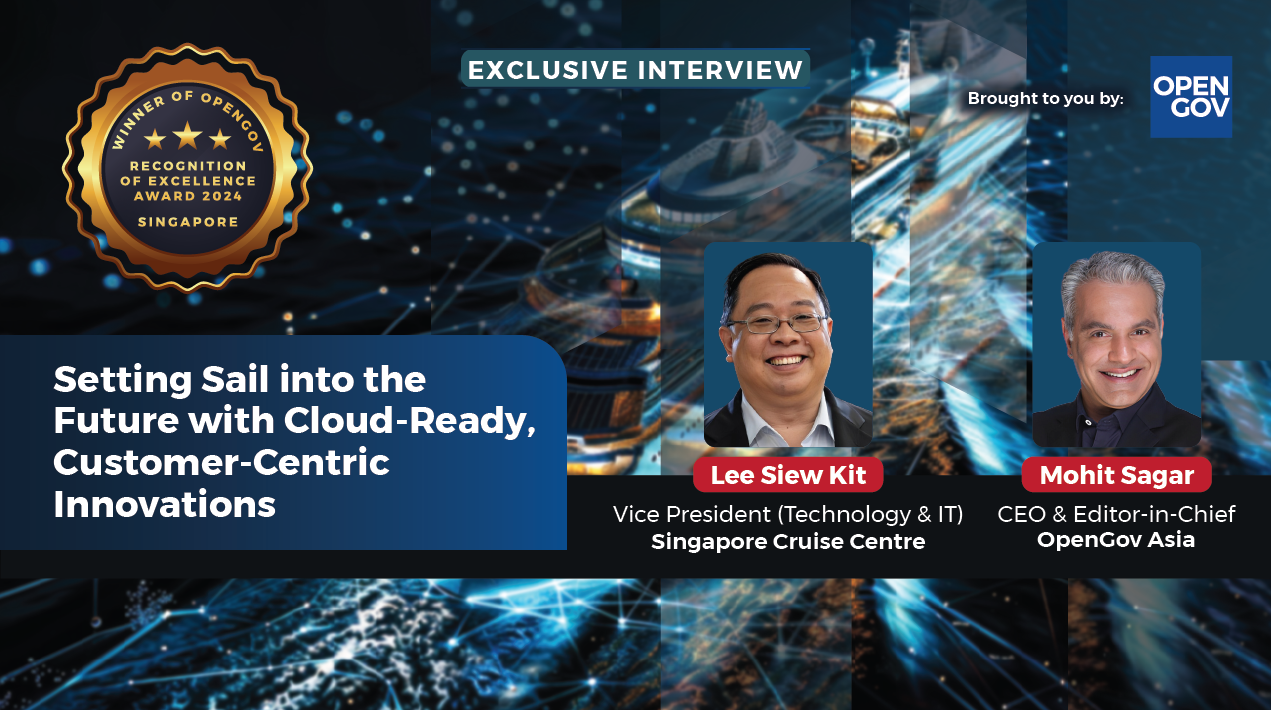
For people with disabilities, using websites and apps can be a frustrating and sometimes impossible experience. When online experiences are not designed with accessibility in mind, some users can’t fully access all the content and features. That is why the federal government created Section 508 of the Rehabilitation Act: to foster an inclusive digital environment that empowers all users.
For that reason, IT, procurement and operations teams in the public sector are tasked with creating 508-compliant digital experiences that are widely usable, highly accessible and all-inclusive. This mandate applies to all federal, state and local agencies as well as their vendors, contractors and partners. It calls for website content, emails, computer software, application, and PDF versions to be non-discriminatory and fully accessible to all.
Accessibility is more critical and relevant than ever
The COVID-19 pandemic accelerated digital transformation, with virtually every government service now having a digital offering. While the 508-compliance law is part of an ongoing legislative drive to create a more equitable socio-economic playing field for those with disabilities, creating more accessible applications benefits all users. Both disabled and non-disabled members must be able to access the same opportunities for growth and advancement.
There are three major priorities to consider when creating accessibility. First, a product must deliver an easy experience for all. Second, even though the disability community represents a very large segment of the public and private sectors, applications habitually designed to support and perpetuate the “normal, able-bodied” paradigm will continue to marginalise those outside of that definition. Third, every year, lawsuits are filed against not only government entities but commercial companies, too.
508-compliant apps can easily be built to support diverse disabled communities quickly, without having to write code. A visual software development environment allows app designers to quickly and simply add pages and connect data by dragging and dropping components onto a page. When teams have a platform with a graphical toolkit, they can rapidly and reliably create apps and adapt them, along with all of the appropriate inputs, outputs and business logic.
How to prioritise accessibility in organisations
Section 508 chief at the Department of Veterans Affairs (DVA) provided some tips on how to make accessibility a priority. First, agencies must define their mission as it relates to 508-compliance. Then they must document and follow a process. If they are resource-constrained, they should start accumulating data, turn the data into metrics and use those metrics to clearly demonstrate value to leadership.
For instance, risk avoidance is a huge motivator for executives. Besides the many risks associated with a 508 lawsuit, having an app that’s not accessible means disabled employees can’t perform their jobs. The DVA serves tens of thousands of individuals with service-related disabilities, and the 508-compliance team needed to understand their varied issues. Communicating these issues, and how they impact the organisation, garnered buy-in from leadership and the resources required to create 508-compliant apps.
Demand in the public sector has risen sharply for online apps that engage citizens and employees in meaningful and impactful ways. Creating 508-compliant experiences requires agility and rapid iteration to respond to changing user needs. A low-code development platform can dramatically streamline innovation and accelerate development.
Selecting the right technology partners will help agencies create user-centred digital experiences that are inclusive, accessible, and compliant. They can help accelerate development while providing an agile and scalable foundation.
As reported by OpenGov Asia, Creating a good customer experience increasingly means creating a good digital experience. But metrics like page views and clicks offer limited insight into how much customers actually like a digital product. That is the problem the digital optimisation company is solving. The new platform gives companies a clearer picture of how users interact with their digital products to help them understand exactly which features to promote or improve.
















